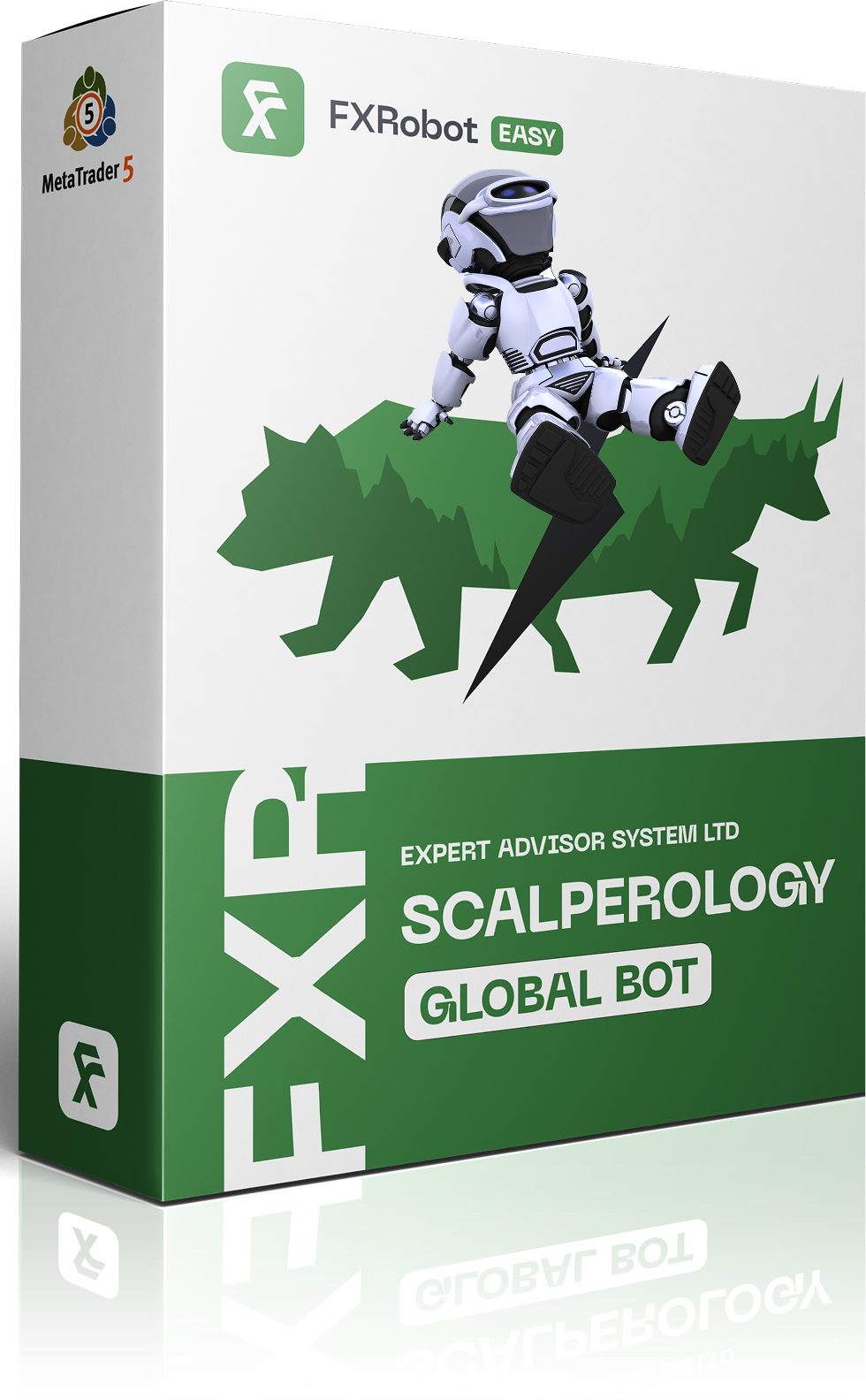At this time, purchasing EASY Bot items is not available to all members. Read more - how to get access to purchase
Quantitative Trading
Find the Right Edition That Fits You



Scalperology Ai MT5



























 Test it Free🚀
Test it Free🚀
Global
Pairs:

 AUD/JPY
AUD/JPY
AUD/JPY
AUD/USD
EUR/AUD
EUR/GBP
EUR/JPY
EUR/NZD
EUR/USD
GBP/USD
NZD/USD
USD/CAD
USD/CHF
USD/JPY
30-Day Profit:
0%
7-Day Profit:
0%
Support:
24х7 via Telegram

Breakopedia Ai MT5

































 Test it Free🚀
Test it Free🚀
Global
Pairs:

 AUD/JPY
AUD/JPY
AUD/JPY
AUD/USD
EUR/AUD
EUR/GBP
EUR/JPY
EUR/NZD
EUR/USD
GBP/USD
NZD/USD
USD/CAD
USD/CHF
USD/JPY

XAU/USD

XAG/USD

XBT/USD
30-Day Profit:
0%
7-Day Profit:
0%
Support:
Developer
Understanding Quantitative Trading
Key Components of Quantitative Trading
Examples of Quantitative Trading Systems
Advantages of Quantitative Trading
Challenges in Quantitative Trading
Future of Quantitative Trading
Wondering if the PZ Mean Reversion MT4 could finally be your ticket to trading success? Don’t hold your breath yet! This indicator comes with claims as bold as a politician’s promises. But can it really help you find the point where prices come back to the average? Grab your ...
Release Date: 17/04/2022
